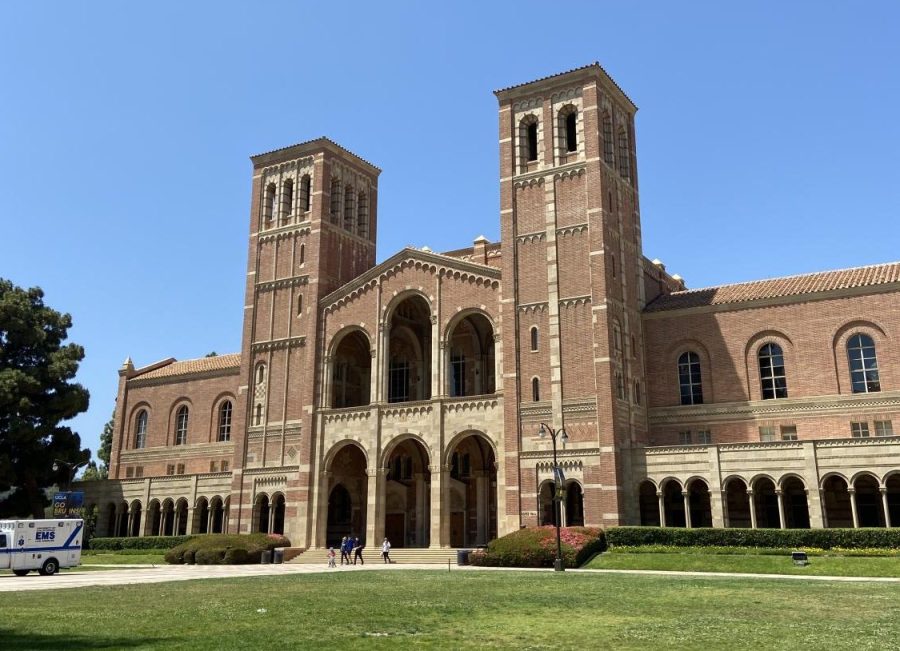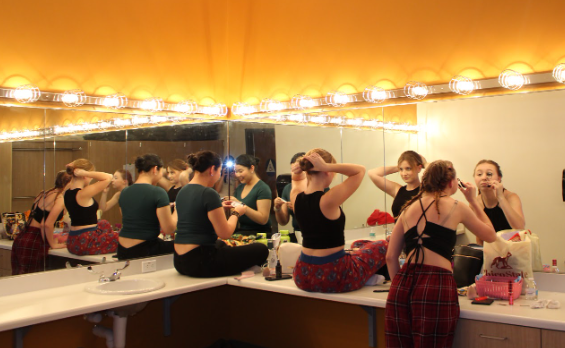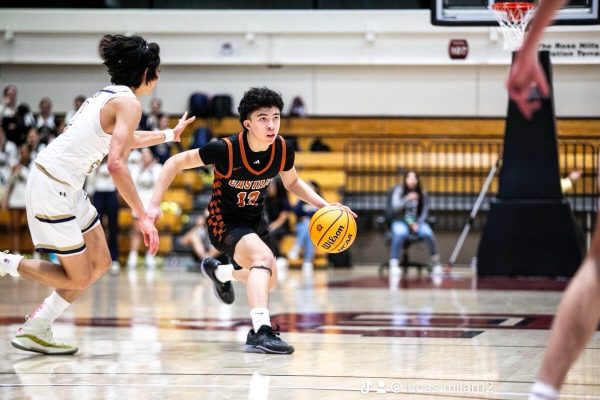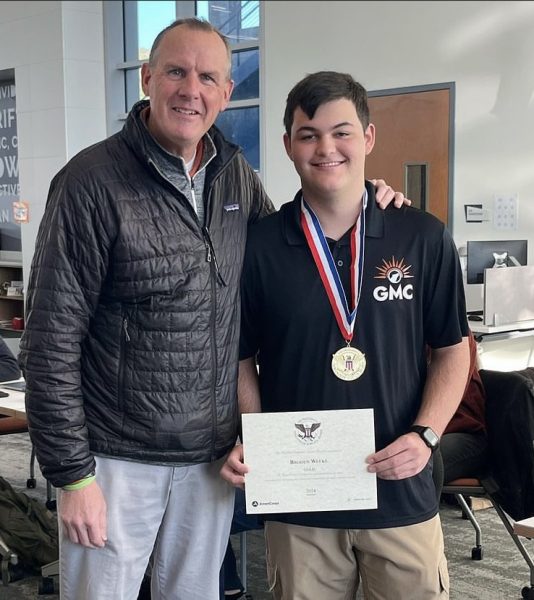Get a Head Start on Senior Year: Tour Colleges!
May 27, 2022
With senior year fast approaching for Castaic High School’s first batch of graduates, many students are starting to consider colleges and additional pathways for after the spring of 2023. This time of year can cause anxiety and stress for seniors, but breaking the process down into manageable steps will soften the experience.
I kicked off touring colleges the summer of 2021 because campuses were open to the public but closed for in-person instruction. This provided me with the opportunity to examine a school without large crowds (and the possibility of catching COVID-19).
However, I suggest students attempt to schedule tours on weekdays, with college students present, so that they are experiencing the giant clusters of bustling scholars. When I arrived at abandoned schools, their scenery felt secluded, and it was difficult to imagine the university’s atmosphere. After touring schools when in-person classes were back in session, I was then able to get a feel for the campuses’ social life and vibe.
Touring during the summer semester should provide visitors with ample room for personal space and will still be able to showcase a school’s personality. Here are a few tips for visiting a college or university this summer!
1. Create your college list.
First, students should determine the various qualities they are searching for in a college. Do you want to live locally, move out of state, attend a religious or single-gender school, or have a preference between public and private? It’s important to note that private schools do not charge for in-state tuition, only out-of-state—this is significantly more expensive.
Students’ lists can be subject to change—nothing is concrete! There are many helpful websites to create these lists, such as College Board’s BigFuture program. This site enters students into monthly raffles for scholarship money by completing steps such as creating a college list, scholarship list, or doing SAT practice.
Even creating a Google Sheet using a school Google account can be insightful. This will allow students to create cells with tuition costs, acceptance rates, and average test scores required for admittance.
It’s important to catalog ideal reach, match, and safety schools. Safety schools are those where students recognize they have a high chance of being accepted, based on their average GPA and acceptance rate. Match schools are ones students should be targeting as an attainable goal, and reach schools are often challenging, dream schools that students don’t have a high chance of getting into but would love to attend. Think of Harvard, Princeton, or Stanford, just to name a few.
2. Schedule your tour!
Most in-person university tours can be scheduled by Googling “___ campus tour.” A calendar with registration dates should pop up, and after selecting one, the student will enter information such as graduation year and possible major.
While attending the tour, remember to wear sunscreen, comfortable shoes, and bring water and sunglasses. Most will be approximately an hour to an hour and a half, so fueling your body beforehand is crucial. Tour guides are trained to remember interesting facts about the school, and are versed in knowledge of multiple aspects of the school—don’t be afraid to ask questions. This could be where you live for the next four years!
3. Reflect on your time.
Did you enjoy your time at the school? Could you see yourself walking around, lounging in a certain campus spot, or having the time to relax? If not, it’s time to cross that university off the short list. Go down the line, one by one, until you’ve visited all schools you’re serious about attending.
Remember that you still have time to tour and worry about getting into college—there’s no need to rush, but it’s important to keep in mind that senior year is fast approaching.













